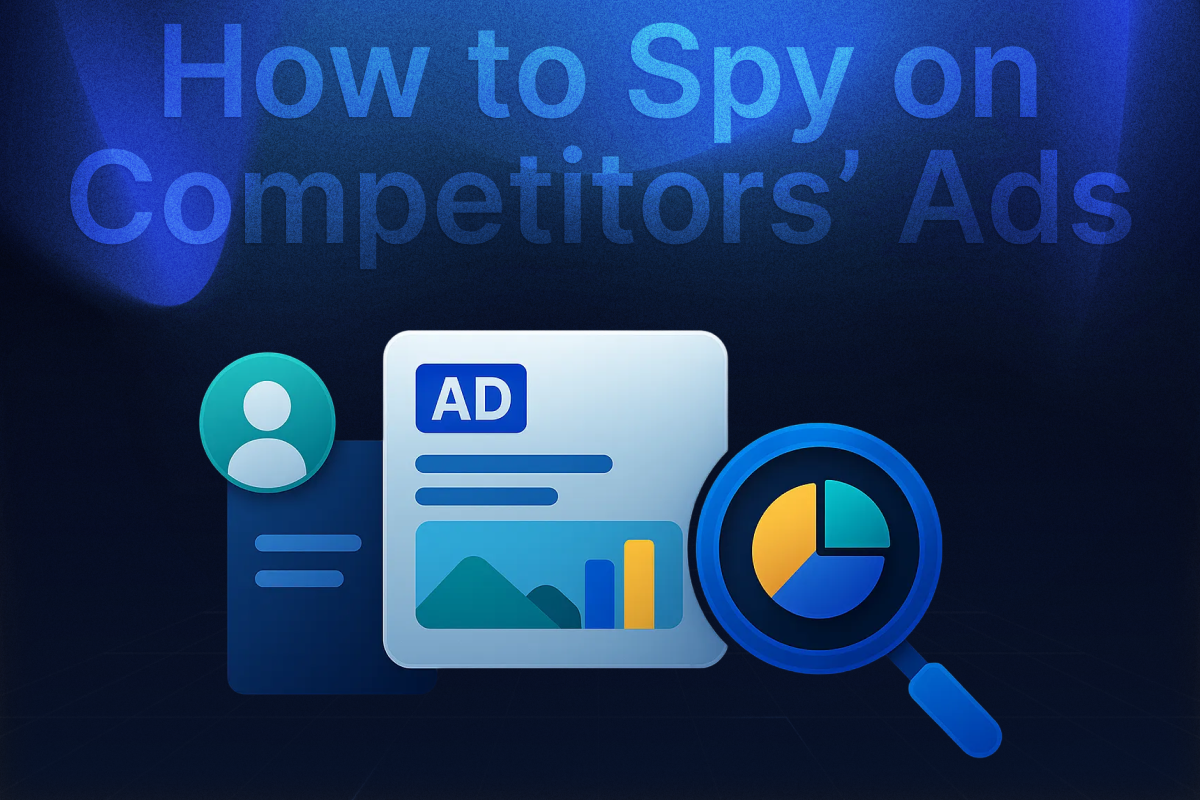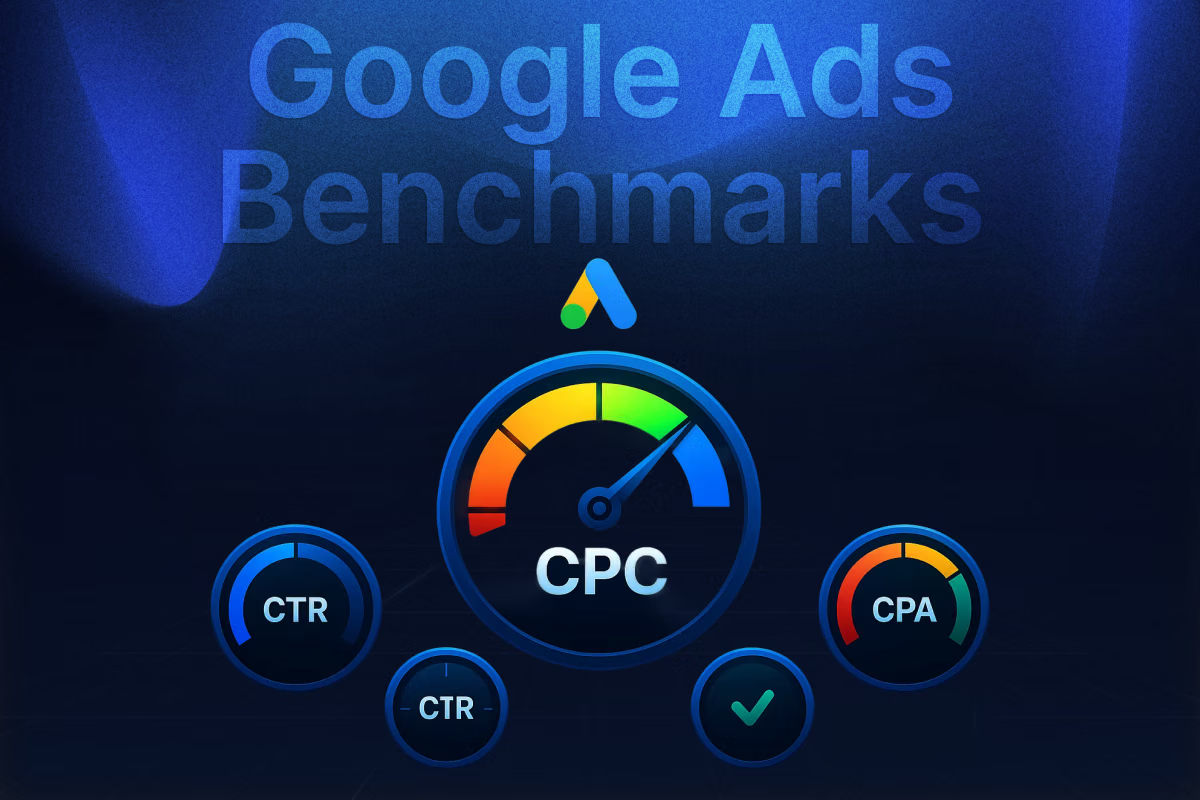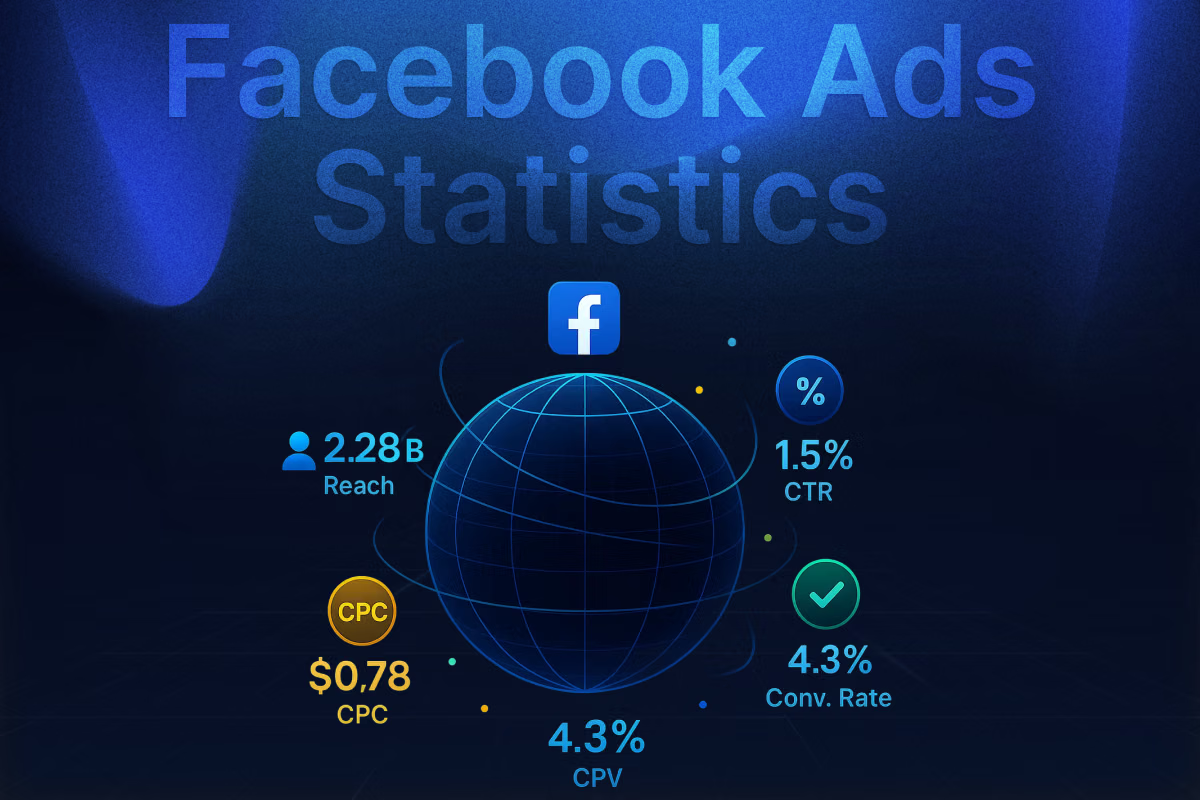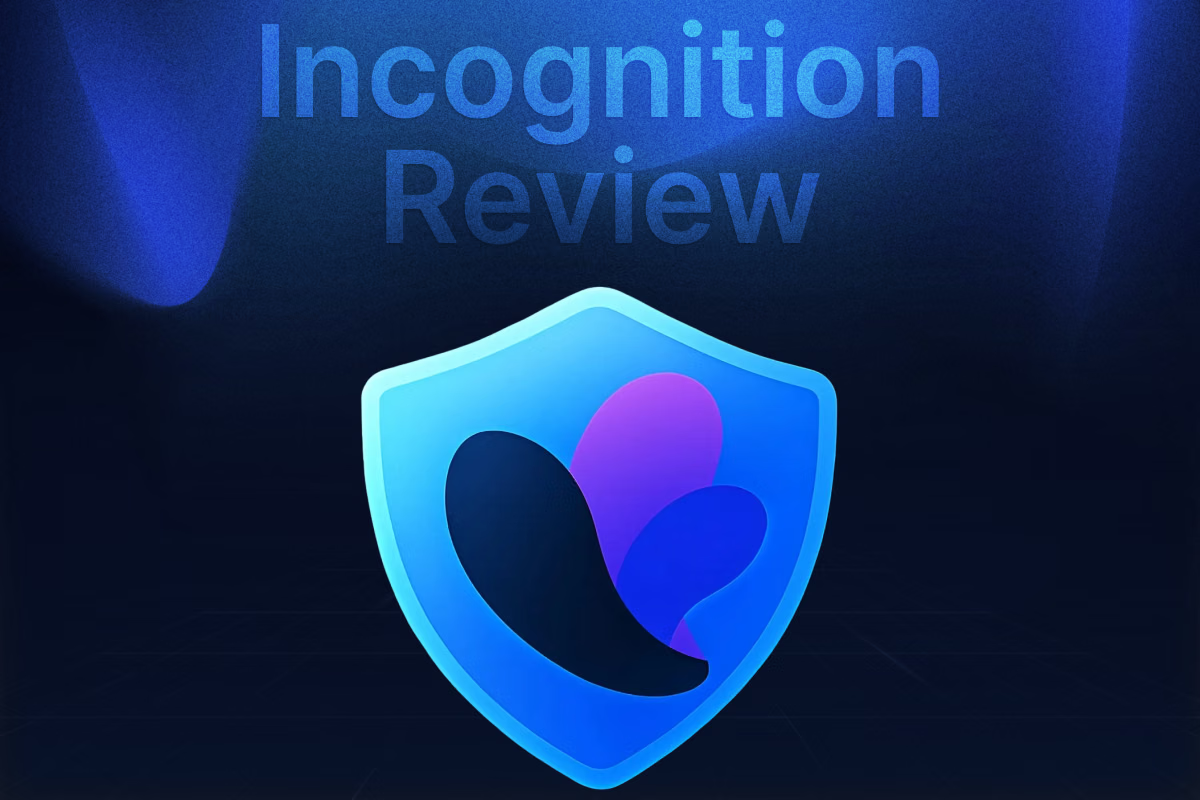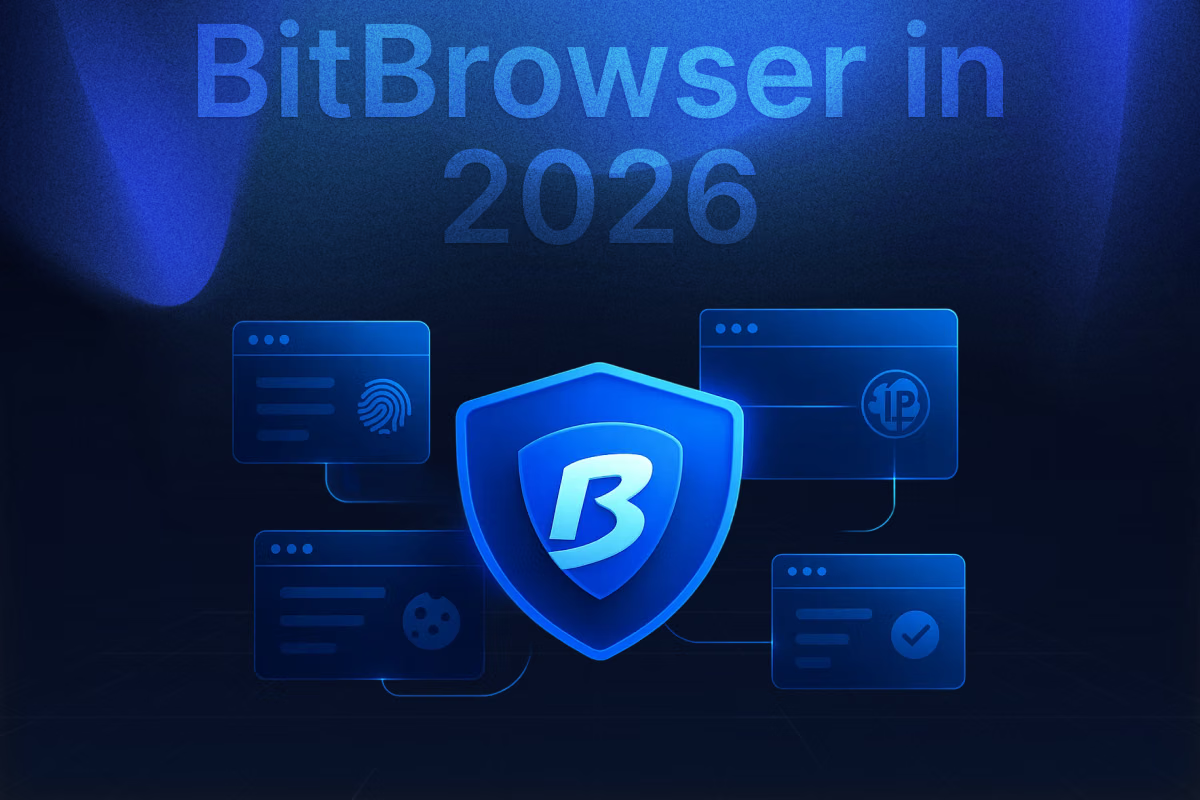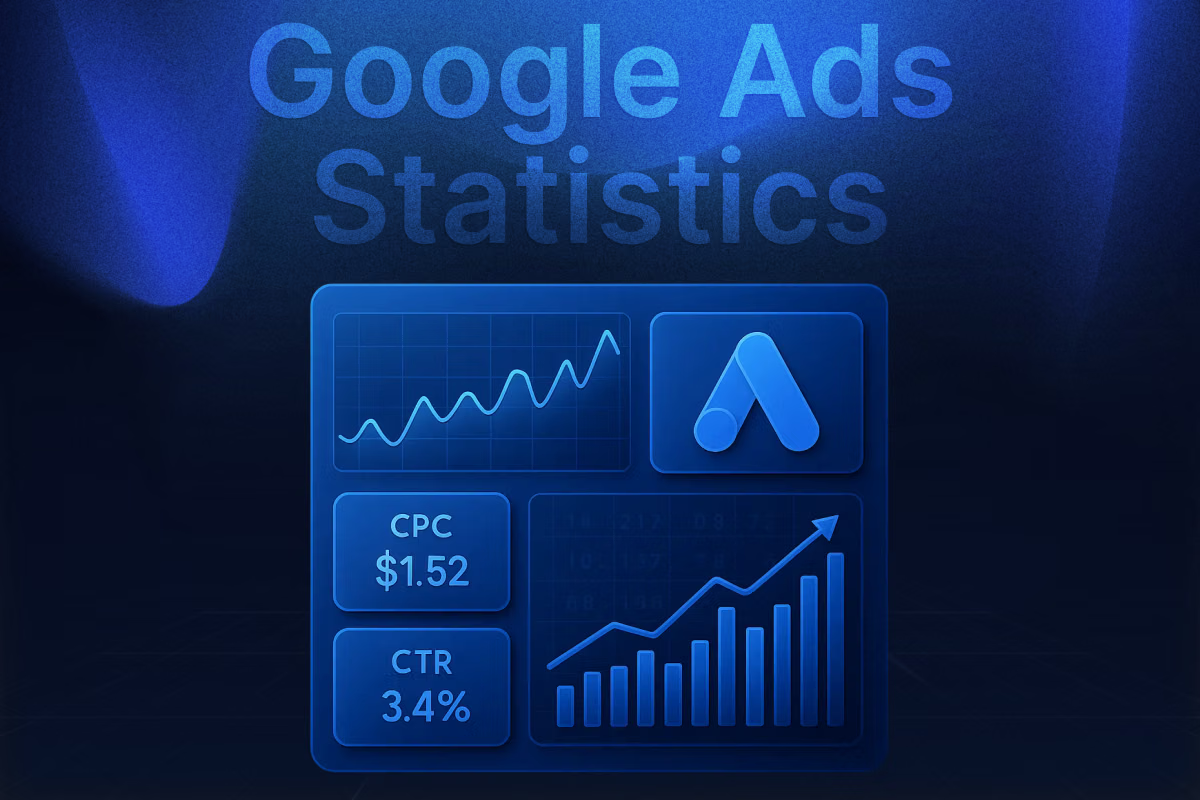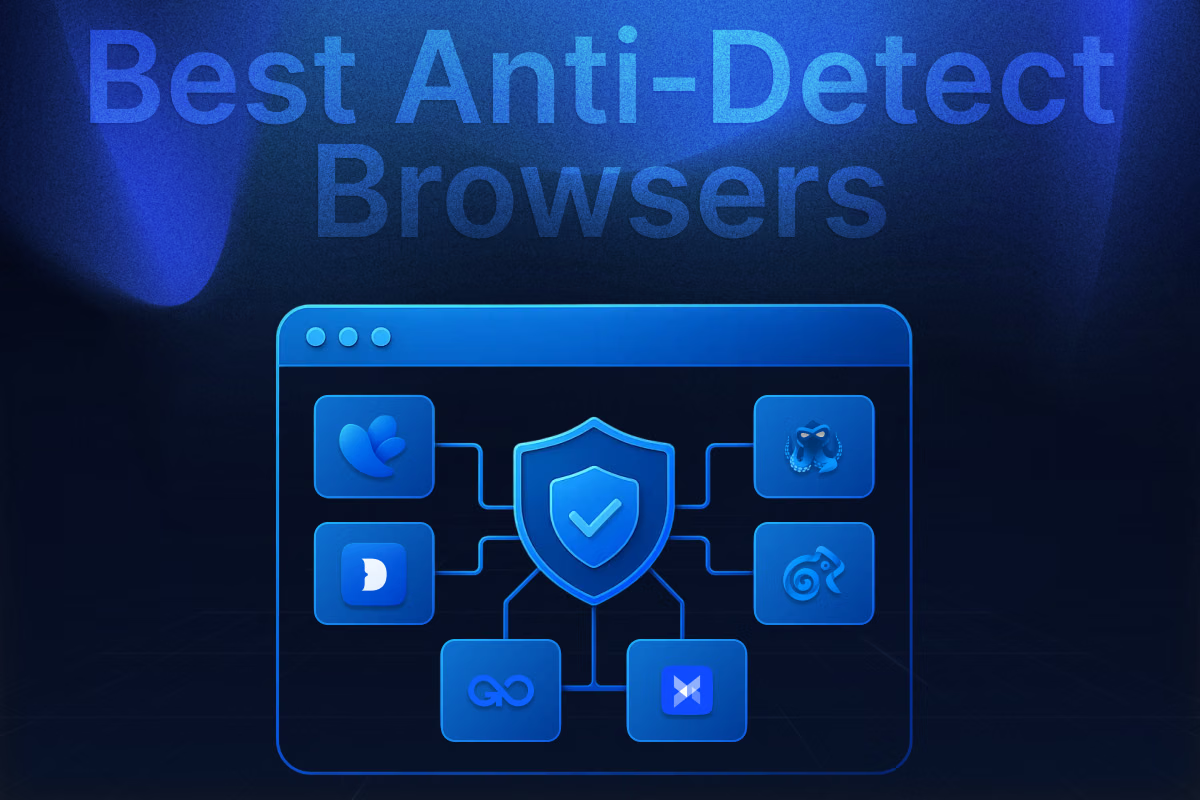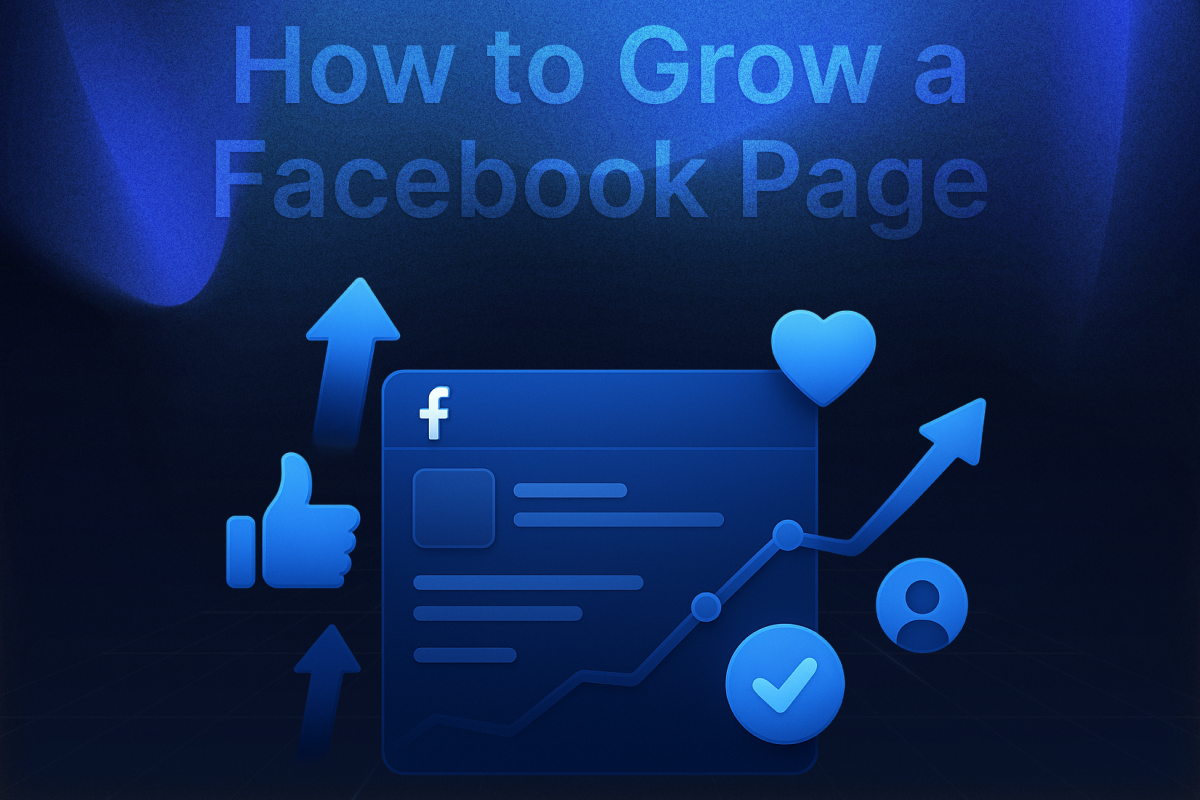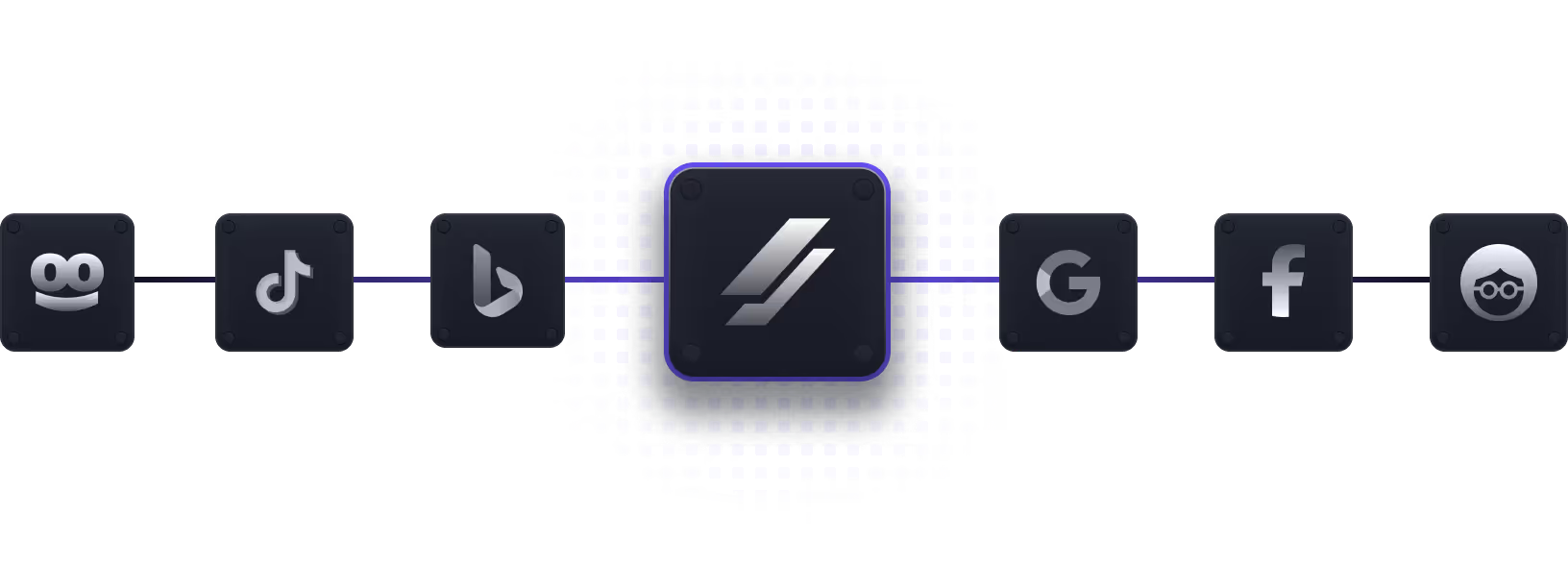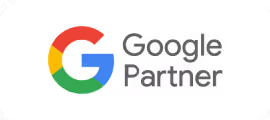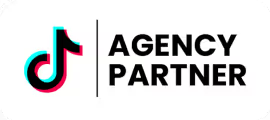Launching a Facebook ad campaign that performs well is a major accomplishment for any business or marketer. But the real challenge begins when you want to grow those results. Many advertisers know how to create an ad that generates conversions, but very few know how to scale Facebook ads effectively without sacrificing profitability or wasting their advertising budget.
Scaling is often misunderstood. It is not simply about spending more money and expecting the same results. Instead, successful scaling means increasing your budget or reach in a strategic way that maintains or improves your return on ad spend, conversion rates, and cost per acquisition. This process requires patience, planning, testing, and constant performance monitoring.
Whether you are promoting an e-commerce store, building a brand, or running lead generation campaigns for a service-based business, scaling your Facebook ads can unlock significant growth. However, it must be done with care to avoid the common pitfalls that can destroy campaign performance.
In this detailed guide, you will learn what it means to scale an ad campaign, how to recognize when your campaign is ready for scaling, step by step techniques to scale both vertically and horizontally, how to manage your advertising budget during the scaling process, and how to avoid the most common mistakes advertisers make.
What Does Scaling an Ad Campaign Mean

Scaling a Facebook ad campaign refers to the process of increasing your advertising budget or expanding your audience reach while keeping your key performance indicators stable or improving them. In other words, you want to grow the size of your campaign without losing efficiency or wasting money.
When scaling is done correctly, your campaign can reach more people, drive more conversions, and increase revenue while keeping important metrics like return on ad spend, cost per acquisition, and conversion rates within profitable levels.
There are two main approaches to scaling your Facebook ads. Both are essential for long-term success and should often be used together to create a sustainable growth strategy.
Vertical Scaling
This approach involves increasing the budget on your existing winning ad sets or campaigns. You are essentially investing more money into the ads that are already proven to work, allowing them to reach more of your current target audience.
When to Scale Vertically
- Consistent Positive ROAS (Return on Ad Spend): Before scaling vertically, ensure your campaign has a stable, positive ROAS. Look for at least 3 to 5 consecutive days of profitability at your current budget. Scaling prematurely can tank performance, so patience pays off.
- Meeting or Exceeding Your KPIs: Review your Key Performance Indicators (KPIs) such as Cost Per Result, CTR (Click-Through Rate), and Conversion Rates. If your campaign consistently beats your targets, that’s a green light for scaling.
- Sufficient Data and Optimization Phase Completion: Facebook's algorithm performs best after completing the Learning Phase, which typically happens after 50 conversions per ad set. Wait until your campaign exits the Learning Phase and shows stable performance before increasing the budget.
- Market Demand and Audience Feedback: If you're seeing positive comments, high engagement, and little to no ad fatigue, it's a good time to capitalize on momentum. Conversely, if negative feedback is rising, scaling can worsen results.
- Room for Audience Growth: Vertical scaling works best when you have an audience size large enough to absorb the increased budget. If your audience is small or niche, aggressively scaling might lead to quick saturation and rising costs.
Horizontal Scaling
With horizontal scaling, you expand the overall structure of your campaign by testing new audiences, introducing different creatives, or exploring additional ad placements. This helps you reach new customers or markets, reducing your dependence on any one audience or creative.
When to Scale Horizontally
- You’ve Found Winning Creatives or Audiences: If your current ads and audiences are delivering consistent results, replicate that success by testing variations. Launch new ad sets targeting different interest groups, lookalike audiences, or placements while keeping your proven creative structure.
- Audience Fatigue is Creeping In: Rising frequency and declining engagement are signs of ad fatigue. Instead of overloading your existing audience with higher budgets, scale horizontally by introducing fresh creatives or targeting new segments to keep performance healthy.
- You're Hitting Budget Caps with Vertical Scaling: If you’ve increased your budget on existing campaigns and results are plateauing—or costs are rising—it's a signal to diversify. Horizontal scaling lets you distribute spend across multiple ad sets, reducing risk and keeping costs optimized.
- You Want to Test New Markets or Demographics: Expanding into new regions, languages, age groups, or interest categories is a perfect use case for horizontal scaling. It allows you to discover untapped opportunities without disrupting your core, high-performing campaigns.
- During Product Launches or Promotions: If you're launching a new product, seasonal offer, or time-sensitive promotion, horizontal scaling ensures your message reaches broader audiences quickly. It also lets you test different creatives and angles tailored to specific segments.
The most effective advertisers often use a hybrid approach, combining vertical and horizontal scaling to maximize growth while managing risk. This method balances aggressive budget increases with audience expansion to boost results without overwhelming your campaigns.
Start with vertical scaling on proven winners. Increase budgets gradually (by 20-30% every few days) on ad sets that show consistent profitability and stable performance. This boosts your returns without disrupting the algorithm. Layer in horizontal scaling for long-term growth. While scaling budgets, launch new ad sets targeting fresh audiences, different demographics, or lookalikes. You can also test new creatives or placements to broaden your reach.
Signs Your Campaign Is Ready to Scale
One of the most important steps before scaling is determining whether your campaign is truly ready. Scaling too early, before your ads have stabilized, can result in wasted budget, poor results, and frustrated efforts.
You should only consider scaling once your campaign demonstrates consistent, reliable performance based on the following signals.
- Consistent Conversions: Your campaign has generated steady conversions at your target cost per acquisition or return on ad spend for at least three to five consecutive days.
- Low Cost per Result: Your cost per result is within a profitable range, meaning you are generating leads or sales at a cost that supports your business goals.
- High Ad Relevance: Your ad relevance scores are high, which indicates your ads are resonating with your target audience and providing value.
- Low Negative Feedback: Facebook feedback scores play an important role in how your ads perform. Your negative feedback scores are low, showing that your audience is not experiencing fatigue, irritation, or frustration with your ads.
- Stable Ad Frequency: Your ad frequency is stable and within acceptable limits, meaning the same people are not seeing your ads too often.
If your campaign meets these conditions, you are in a good position to begin scaling without risking sudden performance drops. Scaling before reaching these milestones often leads to budget waste and a loss of competitive advantage.
How to Scale Facebook Ads: Techniques That Work
Once your campaign has proven stable and profitable, you can begin applying specific techniques to scale your ads efficiently. Below are step-by-step methods for both vertical and horizontal scaling, along with smart strategies to maintain strong performance during the scaling process.
Vertical Scaling Best Practices
Vertical scaling focuses on increasing your advertising budget for the ads and audiences that are already delivering good results. However, it is important to approach this process carefully to avoid shocking the algorithm or disrupting campaign stability.
Here are the best practices for vertical scaling.
- Incremental budget increases: Begin by increasing your daily or lifetime ad budget by approximately ten to twenty percent every twenty-four to forty-eight hours. This gradual approach allows the Facebook algorithm to adjust to the new budget without resetting the learning phase.
- Campaign Budget Optimization: Use Campaign Budget Optimization, also known as CBO, which allows Facebook to automatically allocate your budget to the top-performing ad sets within your campaign. This maximizes efficiency as you scale.
- Watch Performance Drops: Closely monitor your key performance indicators after each budget adjustment. Rapid or large increases can negatively impact delivery, cause the learning phase to reset, or trigger unpredictable shifts in performance.
Vertical scaling is effective when you already have established ad sets that consistently deliver conversions and stable metrics. But it should always be done in measured steps to protect your campaign’s efficiency.
Horizontal Scaling Best Practices
Horizontal scaling expands your campaign by introducing new audiences, testing different creatives, or exploring additional placements. This allows you to grow your reach without relying solely on one set of ads or one audience, which can lead to fatigue over time.
Here is how to effectively apply horizontal scaling techniques.
- Audience Expansion: Duplicate your existing top-performing ad sets and test them against new audiences. You can try building lookalike audiences based on high-value actions such as purchases, add to carts, or lead form submissions.
- New Targeting Groups: Experiment with new interest-based targeting groups or broader audience segments to discover untapped markets.
- Creative Variation: Scale your campaign content by introducing fresh creatives. Test different ad formats, including videos that tell a story or demonstrate a product, carousel ads that showcase multiple products or features, and collection ads designed for engaging shopping experiences.
- New Placements: Expand your ad placements beyond the Facebook feed. You can target additional placements such as Instagram, the Audience Network, or Messenger to increase your reach and find new customers.
Horizontal scaling is essential for long-term growth because it reduces dependence on any single audience, ad creative, or placement. It helps prevent performance decline from audience fatigue and provides new opportunities for optimization.
Common Steps in Scaling Your Campaigns
Scaling a Facebook ad campaign requires more than just increasing budgets or expanding audiences. To maintain consistent results and maximize profitability, you need to implement additional strategic steps that support your scaling efforts. These steps help improve efficiency, strengthen your targeting, and keep your campaigns performing at a high level as they grow.
- Pay Attention to the Learning Phase: Every time you launch new ad sets or significantly change your budget, your campaign enters the learning phase. During this period, Facebook's algorithm gathers data to optimize delivery. It is important to avoid making constant changes that reset the learning phase. Let your ads stabilize before making further adjustments to get reliable performance data.
- Segment Your Warm Audience: Your warm audience consists of people who have interacted with your brand but have not yet converted. This group is highly valuable for scaling. Segment your warm audience based on their level of engagement, such as website visitors, video viewers, or people who added items to their cart. Target these groups separately to deliver more relevant ads and improve conversion rates.
- Build a Sales Funnel: A structured sales funnel is crucial for scaling. Do not rely on one generic campaign to reach everyone. Instead, guide potential customers through stages of awareness, consideration, and conversion. A well-built funnel ensures you are reaching the right audience with the right message at the right time.
- Create Different Ads for Different Parts of the Funnel: Not all prospects are at the same stage in their buying journey. You need tailored ad creatives for each stage of your funnel. For cold audiences, use awareness-focused ads that introduce your brand. For warm audiences, use ads that address objections, provide social proof, or offer incentives. For hot leads, deliver strong calls to action that encourage conversions.
- Customize Creative for Facebook Ad Placements: Different Facebook placements, such as the news feed, Instagram Stories, or Messenger, have unique formats and visual requirements. Customize your ad creative to fit each placement. This improves ad appearance, engagement, and performance across all available spaces. High quality, placement-specific creatives can significantly increase your results as you scale.
- Create Split Tests to Optimize Your Campaign Budget: Testing is essential during scaling. Run split tests to compare different audiences, creatives, placements, and bidding strategies. Split tests reveal what works best, allowing you to allocate your campaign budget efficiently. Continuous testing helps you find new growth opportunities and avoid wasting spend on underperforming strategies.
Incorporating these additional steps into your scaling process helps build a more resilient, profitable campaign structure. By refining your funnel, segmenting audiences, customizing creatives, and using data driven tests, you can scale your campaigns with greater confidence and consistency.
Use Advantage Plus Campaigns for Smart Scaling
Meta offers automated tools designed to help advertisers scale their campaigns more easily while maintaining efficiency. Advantage Plus campaigns, including Advantage Plus Shopping Campaigns, use machine learning and automation to simplify the scaling process.
Here are some of the benefits of using Advantage Plus campaigns to support your scaling efforts.
- The system automatically identifies and targets high-value audiences who are most likely to convert, removing the guesswork from manual audience selection.
- It dynamically adjusts your ad placements and creatives to optimize performance, ensuring the right people see your ads in the right environments.
- Advantage Plus campaigns reduce the amount of manual scaling work required, allowing your campaigns to grow more efficiently while maintaining stable performance.
Using Advantage Plus tools is especially beneficial for e-commerce and lead generation campaigns, where scaling can quickly become complex without automation.
Scaling Budget: How to Manage Facebook Advertising Budget During Scale
Managing your advertising budget carefully is crucial when scaling your Facebook ads. Without the right budget controls and monitoring, scaling can lead to rapid overspending, decreased performance, or inefficient use of your ad spend.
Here are effective budget management practices to follow during the scaling process.
- Begin with daily spending caps to limit your maximum spend as you test new scaling strategies. This protects your budget from sudden spikes in spending
- Set automated rules within Facebook Ads Manager to control your spend based on performance. You can pause underperforming ad sets or increase spend when your campaign meets specific return on ad spend or cost per acquisition targets
- Avoid large, overnight budget increases. Doubling your budget too quickly can confuse the algorithm, disrupt performance, and reset the learning phase. Gradual budget increases help maintain stability
Strong budget management during scaling protects your profitability and ensures your campaign grows at a sustainable pace.
Common Mistakes When Scaling Facebook Ads

Scaling can unlock tremendous growth for your business, but it also presents risks if done improperly. Many advertisers make avoidable Facebook ad mistakes that harm performance during the scaling process. Here are some of the most common pitfalls to watch for.
- Scaling Too Quickly: Scaling your budget too quickly, which resets the learning phase and causes unpredictable performance fluctuations.
- Audience Fatigue: Relying on only one creative or audience, leading to audience fatigue and declining engagement over time.
- Ignoring Testing: Increasing your budget without also testing new audiences, creatives, or placements, limiting your campaign’s potential for growth.
- Ignoring Diagnostics: Ignoring key diagnostics such as ad frequency, relevance scores, or user feedback, which often signal when your campaign needs adjustments during scaling.
Avoiding these mistakes can help protect your ad performance and maximize the success of your scaling efforts.
How to Monitor Scaled Campaigns for Ongoing Success
Even after scaling your campaign, ongoing monitoring is essential to maintain performance and profitability. Without consistent analysis, scaled campaigns can quickly experience diminishing returns. Some of the key steps to monitor scaled campaigns are as follows:
- Check your critical performance metrics daily, including return on ad spend, cost per acquisition, ad frequency, and click-through-rate.
- Pause underperforming ad sets or creatives early to avoid wasting budget and keep your campaign focused on high-performing elements.
- Duplicate and modify your winning ad sets or creatives to continue horizontal scaling and reach new audiences.
- Regularly refresh your creatives by introducing new ads, formats, or messaging to prevent audience fatigue and declining engagement.
Consistent monitoring ensures that your scaled campaigns remain efficient, profitable, and aligned with your business goals.
Scale Faster, Smarter with Uproas’ Facebook Agency Ad Accounts
Scaling Facebook ads is exciting, but it can also be risky if your ad account gets restricted or your CPMs shoot up. That’s where Uproas comes in.
With Uproas’ Facebook Agency Ad Accounts, you can:
- Scale Without Limits: Run high-volume campaigns with fewer restrictions and better delivery performance, perfect for aggressive scaling.
- Get Premium Trust Scores: Our accounts come with a strong trust score, helping you bypass common ad review delays and increase ad visibility.
- Protect Your Growth: If your ad account ever gets shut down mid-scale, we’ll replace it instantly so you can keep momentum.
- Lower Your Costs at Scale: Our agency-level access means you benefit from lower CPMs and optimized billing, keeping your cost per result in check as you grow.
Scaling shouldn’t come with setbacks. Partner with Uproas and scale with confidence.
Conclusion
Scaling Facebook ad campaigns is a powerful way to grow your results, but it requires careful planning, strategic execution, and ongoing optimization. Scaling is not simply about increasing your budget and hoping for more conversions.
The key to successful scaling is combining structured budget increases with creative testing, audience expansion, and smart use of automation tools like Meta’s Advantage Plus campaigns. By following both vertical and horizontal scaling strategies, managing your budget wisely, and closely monitoring your performance, you can achieve sustainable growth and maximize your advertising success.
Scaling takes patience, precision, and a willingness to test and improve your campaigns continuously. But with the right approach, you can grow your ads profitably and unlock significant new opportunities for your business.
Frequently Asked Questions
How fast should I scale Facebook ads?
The most effective approach is to scale gradually. Aim to increase your budget by 10 to 20 percent every 24 to 48 hours to maintain stability and performance.
What’s better — vertical or horizontal scaling?
Both methods work best when used together. Start with vertical scaling to increase the budget on your top-performing ads, then introduce horizontal scaling by testing new audiences and creatives for long-term growth.
Can Advantage+ campaigns help with scaling?
Yes. Advantage+ campaigns are specifically designed to automate many aspects of scaling for e-commerce and lead generation. They help simplify the process while maintaining strong campaign performance.



